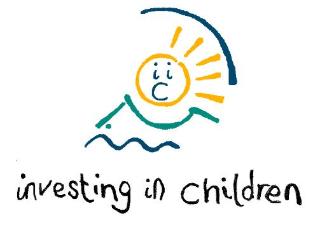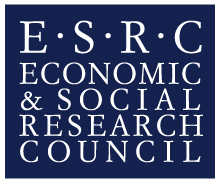Background
What do disabled young people think about their bodies?
We wanted to find out what disabled young people think about having a body that might be seen as different by others, but which is normal to them. In addition, our bodies change as we move from being children to young people, and we wanted to explore the ways in which disability changes that experience. We also were interested to know about young people’s views on pain: what kind of sensations are thought of as pain; when does pain matter and when does it not; how is pain managed and what effect does pain have on life? Finally, we were also interested in young people’s thoughts about the future and how that was influenced by being disabled.
What influences what they think?
We believe that what disabled young people think about their bodies is influenced by lots of things. This includes the range of things they can and cannot do compared to others, the things done to the body to make it 'work', and the equipment they use to help them do stuff. Disability is not just about what a person can or cannot do though, it is also about the way people treat people with disabilities, and how the world around us is set up. We were interested in exploring how having a body that is different influences the stories people tell, both about their own bodies, but also about the world around them.
We did some work to find out
We asked 17 young people with cerebral palsy what they think about their bodies. We did this work in the North East of England. The young people were invited to take part because they had done research with us before or because they attended a local school set up for young people with disabilities. They received information about the study, and could ask any question they wanted. If they agreed to take part they gave their written okay; if they were under 16 their parents were also involved in those discussions and also gave their okay.
-
10 were young men and 7 were young women, and their ages were between 14 and 20
-
Their cerebral palsy ranged from affecting their arms and legs to quite significant limitations to body function
-
Eight used wheelchairs to get about, whilst three more used sticks and frames or wheelchairs for longer distances
-
Two participants spoke with a communication aide
We wanted to capture the different thoughts and feelings that disabled young people have about the body, and the stories they tell about them. The study started with interviews that let us find out about disabled young people, their lives, their thoughts on disability and their body. Participants were then asked to put together a scrapbook of images that captured their experiences of disability. We followed up with interviews based around the scrapbooks. Finally we did some creative work, getting young people to think about how making things like jewellery can help explore what disability means.
Given the work we did was with young people with cerebral palsy, issues associated with physical disabilities - for example having been in hospital a great deal and undergoing activities such as physiotherapy - were key things people shared with us. However, not all the things related to that and we think many of the things are also relevant to a range of disabilities that young people can experience - in particular the problems created by how people treat people differently because of the way they look, or speak or act.
The bedroom sketch highlights the key things the young people shared with us
The bedroom sketch on the home page takes you in to the words, drawings and ideas of the young people in the project. It contains the key things that disabled young people talked about, and the different ways they told us those things, whether that was through photography, in what they said in their interviews with us, or through the creative workshops we did. We hope that you can use it to reflect on your own experiences, whether you are disabled or not.
Some of the images people took have been turned into drawings by us. This is because images of people or particular things might identify them, so to ensure that is not possible we have used drawings instead. We also have changed people’s names, the names of places or things, and changed some details, so again the research participants can’t be identified.
You can also listen to things young people said. Again, to avoid identifying the participants, the words are spoken by local young actors.
Have a look and let us know your own thoughts
Have a look through the images and words of the young people in our study. If it generates some thoughts for you, we would like to hear what they are. If you want, you can share those thoughts with us and we will put some of those on the site for others to also read. You can share your thoughts on the interact page.
Special Thanks
When we were developing the website we showed some of our ideas on how best to represent the material with a group of disabled young people who are part of a local group called EXtreme, who are suported by Investing in Children. They gave us really important feedback that led us to change things a lot from our original plans. Anything that doesn't work is still our fault, but big thanks to them for letting us draw on their expertise.

Heather Wilson did the graphics for the website and a huge thanks for such a great job!
The audio of the young people's words were produced by Day8 Productions (http://day8productions.org/), a North Tyneside theatre production company and Koastradio.co.uk Studios
Actors are Michael Williamson and Thea Dodds.
Artistic Director Karen Knox
Editing and production by Stu Stocks
Many thanks to all of them for bringing the words of the young people alive!
Paul Thomson from Newcastle University helped with all the technical aspects of bringing the website together, and introduced us to key ways to make the site work. Thank you for your patience with our lack of knowledge.
The project was funded by the Economic and Social Research Council (RES-062-23-2886) and we are very grateful for their support
